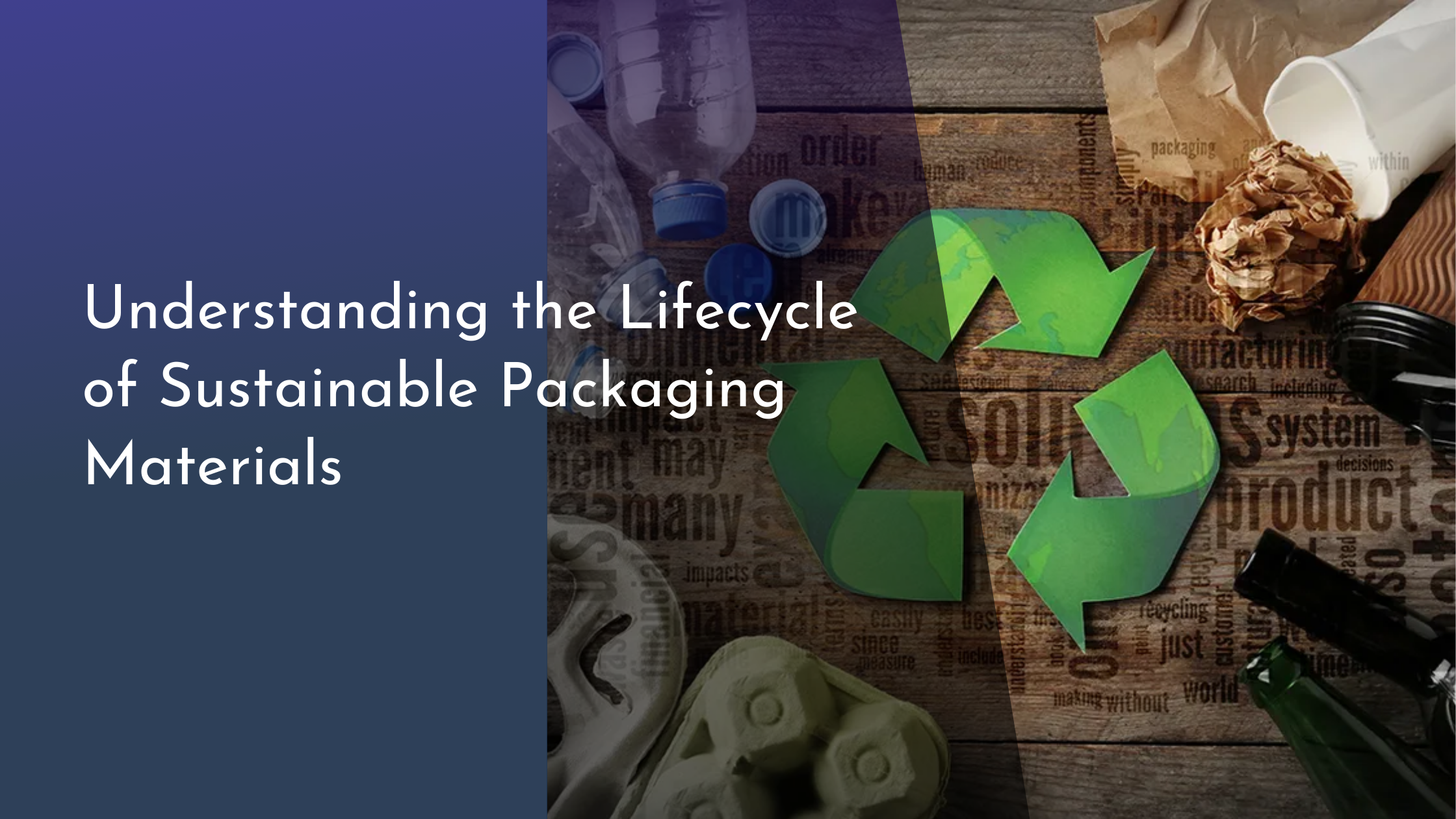Understanding the Lifecycle of Sustainable Packaging Materials
In an era where environmental concerns are at the forefront of global discourse, the role of sustainable packaging materials has become increasingly significant. As consumers and companies alike strive to reduce their ecological footprint, understanding the lifecycle of these materials is crucial. This article delves into the process of sustainable packaging, highlighting its key stages, the challenges faced, and the innovative solutions emerging in the recycling sector. By exploring these facets, we can appreciate the positive impact that sustainable packaging materials can have on the planet.
Introduction to Sustainable Packaging Materials
Sustainable packaging materials are designed with the planet in mind. Unlike traditional packaging, which often relies on non-renewable resources and results in significant waste, sustainable materials are intended to minimize environmental impact throughout their lifecycle. These materials are typically biodegradable, recyclable, or made from renewable resources. Examples include bioplastics derived from corn or sugarcane, recycled paper, and glass, which can be continually reused without degrading in quality.
The importance of sustainable packaging materials cannot be overstated. In a world increasingly conscious of waste and pollution, these alternatives provide a solution to one of the most pervasive environmental issues: excessive plastic waste. By adopting sustainable packaging, companies can significantly reduce their carbon footprint, appeal to eco-conscious consumers, and meet the growing demand for environmentally responsible products. These materials not only help in conserving resources but also play a critical role in preserving ecosystems and biodiversity.
Key Stages in the Lifecycle Process
The lifecycle of sustainable packaging materials begins with sourcing raw materials. This stage involves harvesting renewable resources or recycling existing materials, ensuring that the process is as eco-friendly as possible. For biodegradable options, this might mean cultivating crops specifically for bioplastic production. For recyclable materials, it involves collecting and processing waste products such as paper, glass, and metals.
The next stage is production, where raw materials are transformed into packaging products. This process aims to use minimal energy and produce little to no waste. Innovative technologies and manufacturing processes, such as using solar power or water-saving techniques, are employed to enhance sustainability. Following production, the distribution stage involves transporting these materials with an emphasis on reducing emissions, often by optimizing logistics and utilizing cleaner transportation methods.
Challenges and Innovations in Recycling
Recycling sustainable packaging materials presents its own set of challenges. A significant issue is contamination, where non-recyclable materials are mixed with recyclable ones, making the recycling process inefficient or even impossible. Additionally, the recycling infrastructure in many regions is not equipped to handle new types of materials such as bioplastics, which require specialized processing facilities.
Despite these challenges, innovation in recycling technology is paving the way for more efficient and effective processes. Advances in sorting technologies, such as AI-powered systems that can accurately identify and separate different materials, are transforming recycling facilities. Furthermore, chemical recycling methods, which break down materials into their original monomers for reuse, are gaining traction. These innovations hold great promise for increasing recycling rates and reducing landfill waste.
Conclusion: A Bright Future for Sustainability
As we look to the future, the role of sustainable packaging materials is set to grow even more prominent. With continuous advancements in recycling technologies and a greater global emphasis on reducing waste, the potential for sustainable packaging to significantly impact environmental preservation is immense. By understanding and supporting the lifecycle of these materials, consumers and companies can contribute to a more sustainable world.
The journey toward widespread adoption of sustainable packaging materials is not without its hurdles, but the benefits far outweigh the challenges. As awareness and technology advance, the future looks bright for sustainability. Embracing these materials not only helps protect the planet for future generations but also heralds a new, environmentally conscious era in packaging. Together, we can create a greener, cleaner world where sustainable choices are the norm.


